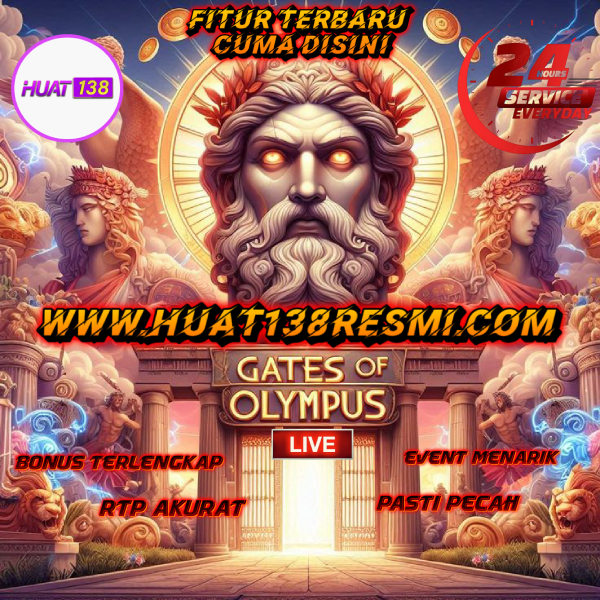Motion pictures have been a part of our lives for over a century, fascinating our imaginations and emotions in ways that no different form of entertainment can. The artwork of film has developed and grown through the years, turning into a powerful medium of storytelling and expression. From the silent films of the early 20th century to the high-definition blockbusters of at this time, the magic of movie watching continues to enchant audiences worldwide. In this article, we will discover the artwork of film and the distinctive expertise it provides to viewers.
The Power of Visual Storytelling
At its core, film is a visual medium that excels at storytelling. It combines elements of photography, music, appearing, and writing to create a rich narrative tapestry. Unlike books or theater, film can transport audiences to anyplace or time, from the depths of outer space to the heart of a bustling city. Via the careful use of cinematography, directors can manipulate the viewer’s emotions and perceptions, guiding them by means of a story with incredible precision.
One of the crucial striking elements of film is its ability to evoke deep emotions. By a well-crafted script and skillful performances, actors can make us chuckle, cry, or really feel a wide range of emotions. The mixture of visual and auditory elements adds another layer of depth to these performances, permitting us to connect with the characters on a prodiscovered level.
Cinematic Methods
Cinematic strategies, corresponding to framing, lighting, and editing, are the tools that filmmakers use to convey their stories. The composition of a shot can talk a personality’s emotions or reveal necessary plot details. The interaction of light and shadow can create temper and atmosphere, while editing can manipulate time and space to create rigidity or suspense. These methods are the brushes and paints of the cinematic artist, and their skillful application can turn a simple scene into a work of art.
Sound and Music
Sound is an integral part of the cinematic experience. From the roar of a T-Rex in “Jurassic Park” to the haunting score of “Schindler’s List,” sound design and music can elevate a film to new heights. The correct soundtrack can enhance the emotional impact of a scene, creating a connection between the viewers and the characters on screen. Just think of the long-lasting “Imperial March” from the “Star Wars” franchise, which instantly evokes the presence of the menacing Darth Vader.
Escapism and Empathy
Movies have the unique ability to transport us to different worlds and immerse us in the lives of characters we might by no means encounter in our own lives. This escapism allows us to momentarily step out of our own reality and experience something new and exciting. Whether it’s a journey by means of Center-earth with Frodo and Sam or a glimpse into the glamorous world of 1920s Hollywood in “The Great Gatsby,” movies provide an opportunity for exploration and adventure.
Additionally, film can foster empathy by allowing us to see the world by the eyes of others. Tales that discover totally different cultures, backgrounds, and perspectives can broaden our horizons and promote understanding. Films like “The Pursuit of Happyness” or “Moonlight” have the power to challenge our preconceptions and encourage us to walk in another person’s shoes.
Conclusion
The artwork of film is a mesmerizing journey into the human experience. It combines the visual, auditory, and emotional elements to create a singular form of storytelling that resonates with audiences around the world. From the revolutionary strategies of filmmakers to the facility of sound and music, movies have a prodiscovered impact on our lives, providing us an opportunity to flee, empathize, and connect with the stories they tell. So, the next time you sit down to look at a film, take a moment to understand the magic of film and the artistry that goes into creating it.
If you have just about any questions concerning exactly where and how to use dvd distributors, you possibly can e-mail us with our webpage.





















